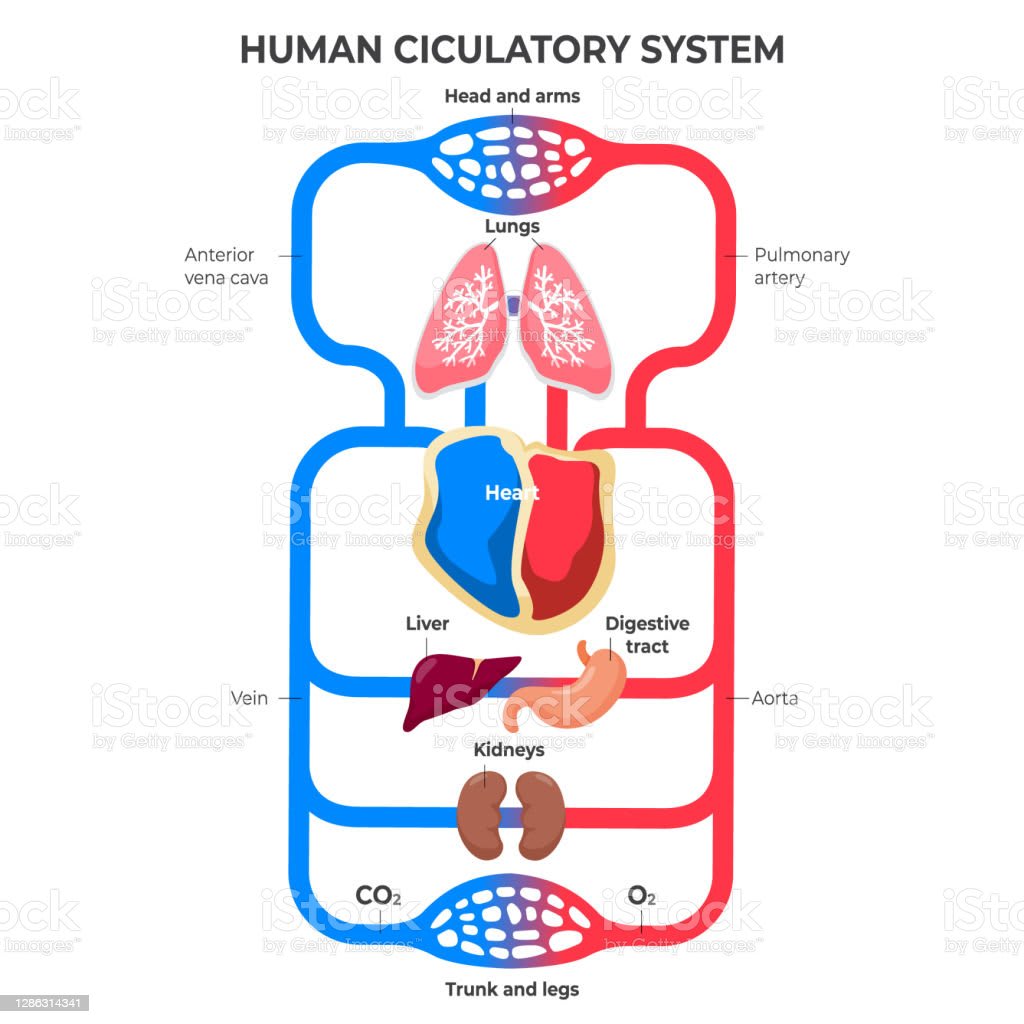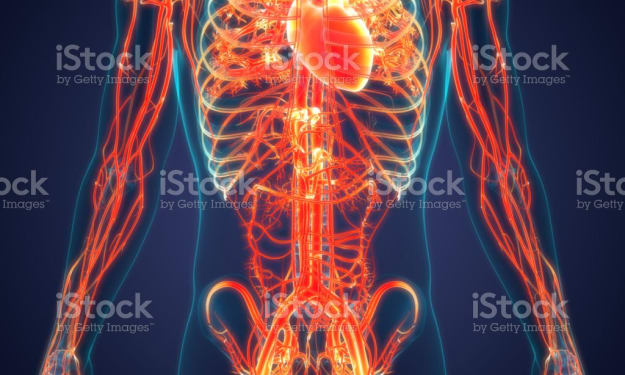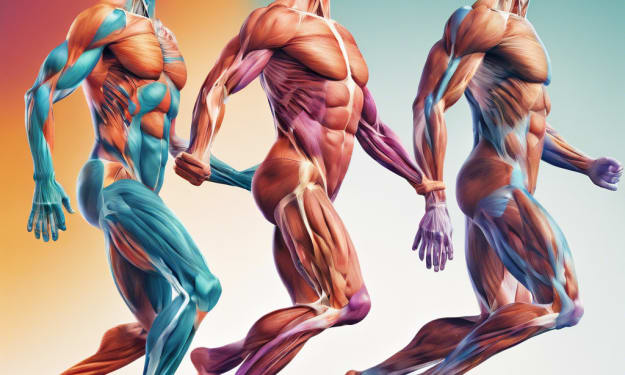
Let's begin our exploration of the heart's blood flow. To simplify comprehension, we'll divide the heart into two sides: the right and the left. Each side holds a distinct purpose. The right side's mission involves transporting deoxygenated blood to the lungs for oxygenation. On the other hand, the left side takes on the responsibility of distributing oxygenated blood, freshly supplied by the lungs, to the entire body. Both sides consist of six key structures through which blood flows. Let's delve into the sequential blood flow within the heart.
Our journey commences on the right side of the heart, where deoxygenated blood enters through the superior vena cava and the inferior vena cava. In need of rejuvenation, the blood proceeds downwards into the right atrium, always situated above the ventricles. It then continues its course through a valve, with the tricuspid valve found on the right side and the bicuspid valve, or mitral valve, on the left side. A helpful memory aid is "try before you buy": tricuspid for the right and bicuspid for the left. The blood flows onward, descending into the right ventricle, which contracts to propel it upward through the pulmonary artery. Another valve, the pulmonic valve, stands in the blood's path, guiding it from the right ventricle to the pulmonary artery. This conduit leads to the lungs, where oxygen exchange occurs across alveoli sacs and capillaries. Inhaled oxygen crosses into red blood cells, while carbon dioxide, a byproduct of spent blood, is exhaled. Thus, the blood emerges from the lungs oxygen-enriched.
Having absorbed oxygen, the blood advances to the left side of the heart through the pulmonary vein. It descends into the left atrium and traverses another valve, the bicuspid or mitral valve, before entering the left ventricle. This ventricle contracts, propelling the blood upward into the aorta, the body's main artery. But before it can proceed, the blood must pass through the aortic valve. This valve functions as a gateway, allowing the blood to surge through and into the aorta. From this juncture, the oxygenated blood cascades into the body's organs and tissues, replenishing them with vital oxygen and nutrients. This intricate dance of blood flow sustains the body's functions.
In summary, the heart's blood flow involves two sides, each with a unique purpose and a sequence of structures guiding the blood's journey. The right side undertakes deoxygenated blood, guiding it to the lungs for oxygenation, while the left side carries oxygenated blood to nourish the body. This orchestrated process, guided by various valves and chambers, ensures the continuous circulation of life-sustaining blood throughout the body. In summary, the blood flow pathway is as follows:
Right Side:
Superior and inferior vena cava
Right atrium
Tricuspid valve (right side) / Bicuspid (mitral) valve (left side)
Right ventricle
Pulmonic valve
Pulmonary artery (to lungs for oxygenation)
Left Side:
Pulmonary veins (from lungs)
Left atrium
Bicuspid (mitral) valve
Left ventricle
Aortic valve
Aorta (to body's organs and tissues)
This organized breakdown helps in understanding the heart's blood flow sequence and the roles of each side and valve in the process. In essence, this journey exemplifies the heart's intricate mechanism of oxygenating and distributing blood throughout the body. By comprehending this sequence, you can better grasp the intricate blood flow within the heart, facilitating the understanding of how the heart serves as a powerful pump for the circulatory system.
NB: Please read it several times to get the actual picture of how blood moves through the heart and other parts of the human body. Do not memorize it but try to get the understanding which will help you retain this information for the rest of your life.
About the Creator
Enjoyed the story? Support the Creator.
Subscribe for free to receive all their stories in your feed. You could also pledge your support or give them a one-off tip, letting them know you appreciate their work.





Comments
There are no comments for this story
Be the first to respond and start the conversation.